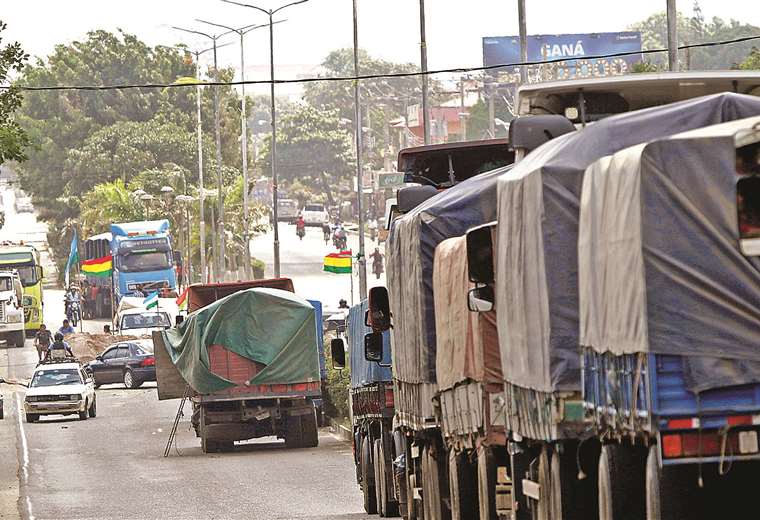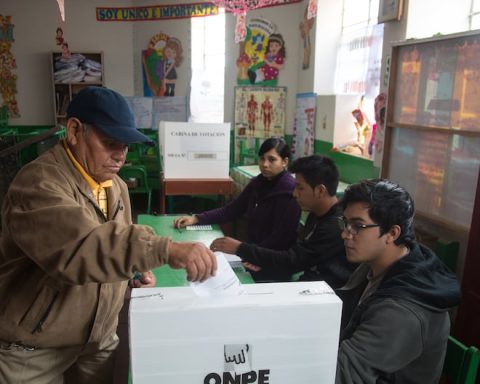The president of the Central Bank (BCRA), Miguel Pesce, assured that the gradual disappearance of material money “has already entered an irreversible path” and that, in this scenario, Argentina has the advantage that “98.5% – almost the entire adult population – has a bank account or a virtual wallet”.
In this sense, he pointed out that the move towards the digitization of money is one of the main challenges facing the global financial system.
“The gradual disappearance of material money has already entered an irreversible path. Each country faced this problem in a different way. In Argentina we have an advantage, in 2018 already 80% of the adult population had a bank account since the Our country’s social assistance system is based on the distribution of money through bank accounts, which gives it transparency,” said Pesce.
The head of the Central Bank participated in the 21st Annual Conference of the International Association of Deposit Insurers (IADI according to its acronym in English) that takes place in the City of Buenos Aires.
Pesce recalled that since the pandemic crisis, the instrumentation of State assistance through bank accounts and the greater adoption in the use of electronic means of payment led to “98.5% – almost the entire adult population – having a bank account or a virtual wallet “.
“The Argentine Central Bank has regulated the intervention of non-bank wallets: these institutions cannot carry out financial intermediation and are obliged to deposit 100% of the deposits they receive in regulated institutions, which guarantees that this transactional money does not have other uses. ”, said the president of the BCRA.

Finally, He stated that in the near future, it will be necessary to deal with the potential risks that non-public currencies based on blockchain technologies that do not have the backing of any state institution or underlying assets could have..
According to the latest available official data, in August 2022, 145.6 million immediate electronic money transfers were made in Argentina for $3.5 billion, which translates into year-on-year growth of 105.6% and 29.7%, in amounts and in real amounts, respectively.
In particular, transfer payments reached 23.1 million operations (+52.2% yoy) for a total of $105.9 billion (0.6% yoy), among which those started with interoperable QR -launched in November last year through the “Transfers 3.0” system- represented 17.4% with more than 4 million paymentswhile those made with cards (debit, credit or prepaid) represented 48% in a point of sale (POS) terminal, with 11.1 million operations.


















